
Related:
>> A Bite of China sold to 43 countries and regions
>> Ancient Chinese documents win UNESCO documentary recognition
In 1949, there were perhaps 100 Chinese who could get their hands on a camera. In the 1960s, there were fewer than 2,000. Today, about 100 million in the country have top equipment.
But accessibility is only one reason why veteran photographers claim that now it's the best time for documentary photography. For them, this era is such a gold mine of material that they simply can't wait to click the shutter.
This is the collective perspective of Country of Images, a book of interviews with the nation's most influential photographers and critics. The volume of visually kept notes, chronicling the past six decades of the country's radical changes, was launched mid-July.
The interviews also give a picture of how photography has evolved in the quickly morphing society.
The book opens with Sha Fei, who documented a warring China in black-and-white. The photographer, hailed as the Asian Robert Capa, considered the camera his weapon against enemies.
When New China was first founded, photographers felt a heavy Soviet influence — posing was common and "presenting the bright side of life" was the norm.
"I once asked the farmers to dress up for a shoot in the field," recalls Weng Naiqiang, who was then a reporter with the magazine People China.

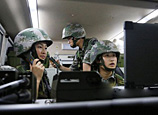
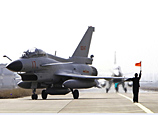
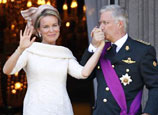
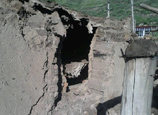




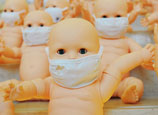







 Solar halo observed in Beijing and Hebei, N China
Solar halo observed in Beijing and Hebei, N China


![]()
